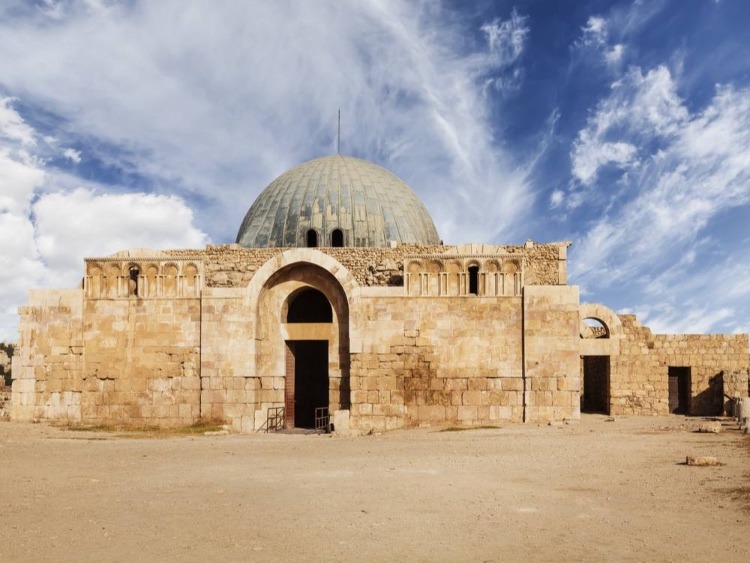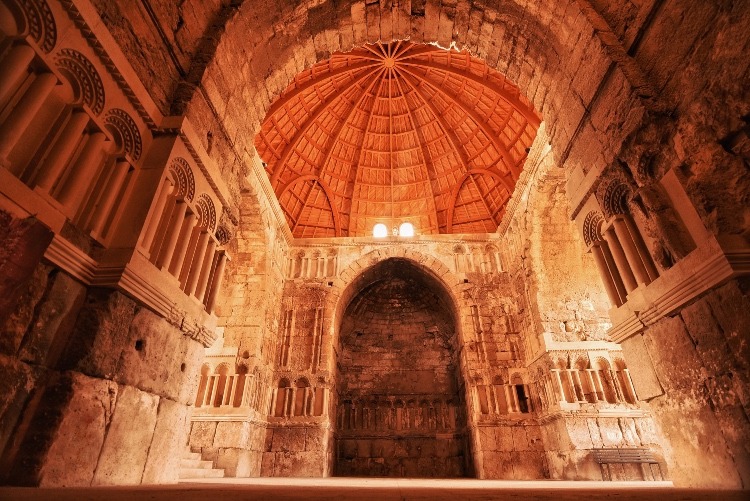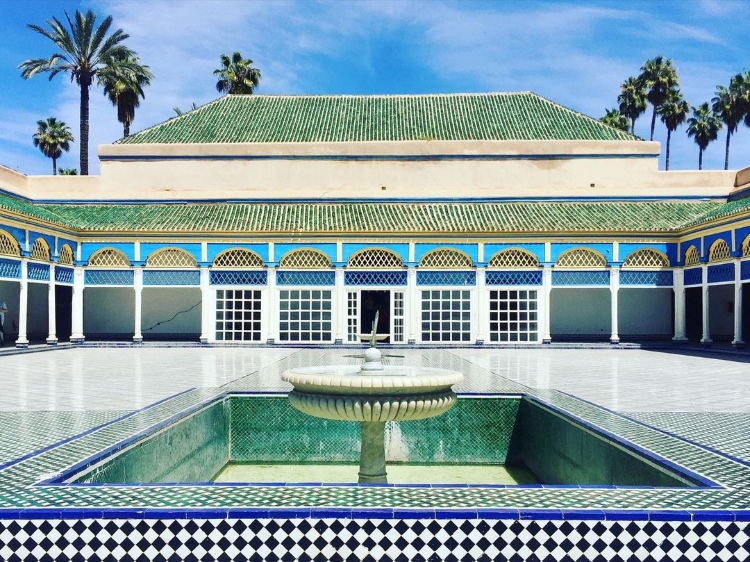The Middle East region with a rich history and culture, as well as spectacular architecture dating from many periods of history. But why is architecture so significant in our culture? This is because buildings are the carriers of stories; they represent the region’s cultural artifacts and hold the story of who we are, where we came from, and where we are heading. Therefore, palaces are unique to the Middle East since they served as a focal point for local governance, administration, and justice. They were also utilized by wealthy people to flaunt their wealth and authority through architectural styles and decorations. With that being said, we will provide you with all the details of some of the region’s most historic and gorgeous palaces.
Ras El Tin Palace – Egypt
Ras El Tin Palace is one of the oldest royal Egyptian palaces and was considered Egypt’s monarchs’ holiday home. It was built in the same style as Cairo’s Abdeen Palace. The palace is surrounded by a 12-acre garden with beautiful views of the sea. Also, Ras El Tin Palace was built in 1834 by Mohamed Ali (he was the Ottoman governor from 1805 to 1848, and de facto ruler of Egypt, and is often considered the father of modern Egypt) to resemble a Roman fort and serve as a second ruling headquarters, comparable to Salah El-Din Citadel’s purposes.
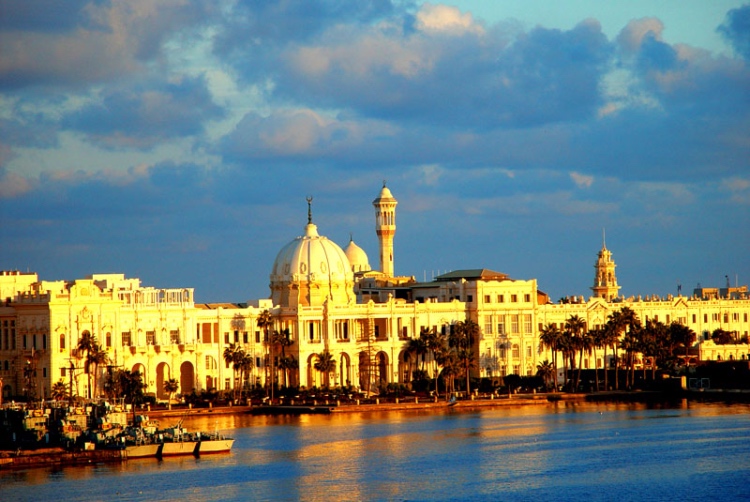
The Palace was designed and constructed by Turkish architect Yezi Bek whom Ali entrusted. Nevertheless, construction took place from 1834 to 1848 and took 13 years to complete. The eastern gate, “Mohamed Ali Gate,” and some granite columns are the remaining remnants of the previous structure of the Palace. Thus, Ras El Tin Palace is one of Alexandria’s ancient landmarks and although the palace is currently closed to guests, it is nevertheless worth seeing from the outside! Ras El-Tin Palace’s location is very fascinating on the Mediterranean Sea, King Farouk rebuilt the palace in the modern style, and he established a marine pool that connects the Palace and the sea. The pool was linked to Ras Al-Teen palace with a long pavement. In order to arrive at the pool by land, a jeep had to be used passing through the wave breaker with great difficulty.
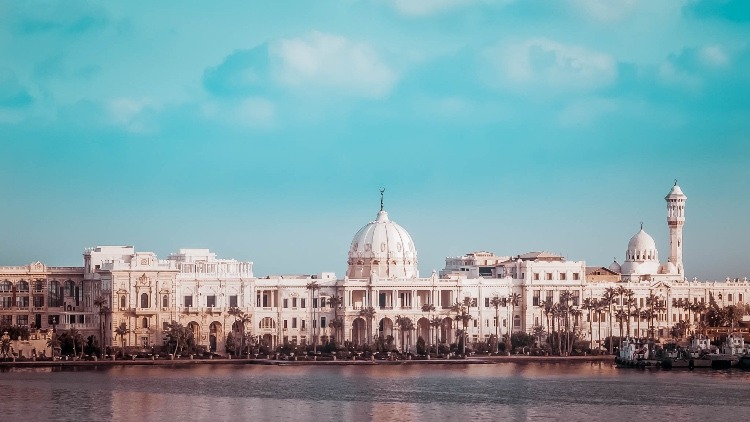
Umayyad Palace – Jordan
The Umayyad Palace is situated within the Amman Citadel because it is located on one of Amman’s several hills, locals call it “Jabal al-Qal’a.” which offers tourists an insight into life in what is now Jordan during the Umayyad period. The palace is a popular photo site, both inside and out, as it has been substantially repaired. The site is notable because it has been occupied since the Neolithic period (which means the New Stone Age and was the last and third part of the Stone Age), even though its importance faded after the Umayyad period. Today, travelers flock to the palace for its archaeological value as well as the panoramic views of Amman. If you arrive by car, Atlas Obscura provides a minor but helpful hint: there is a free parking lot available. In addition, the entrance charge to the site is JD3, and if you take a cab, inform the driver you want to go to “Jabal al-Qal’a” rather than Amman palace.
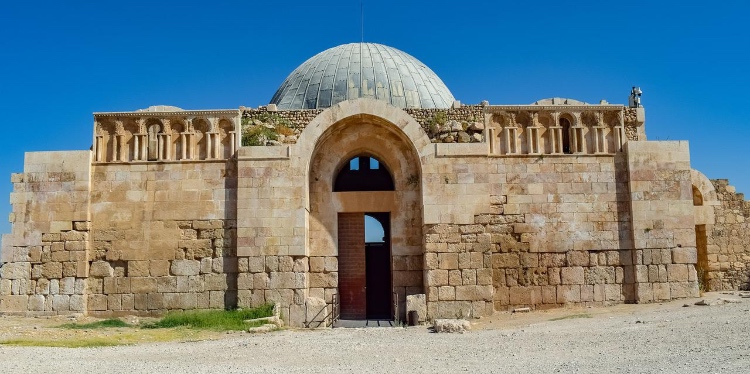
The audience hall is the most important structure in the entire palace complex. It is one of Jordan’s most famous archaeological structures, not just in Amman, but throughout the country. It was constructed by Abdel-Malik Ibn Marwan (the fifth Umayyad caliph, ruling from April 685 until his death) to serve as a receiving hall for his expeditions and army commanders. In 1998, a new wooden dome was added to the roof of the hall, allowing it to be used more easily for current cultural events.
El Bahia Palace – Morocco
The El Bahia Palace was constructed in the second part of the nineteenth century, under the reign of the Alawids in Morocco. The structure was originally commissioned by the Sultan’s Grand Vizier, Si Moussa, who oversaw the Sultan’s administration, as evidenced by its early name, Dar Si Moussa.
Almost every one of the palace’s 160 rooms is open to the public, but many are presently vacant. Even without their furnishings, the palace chambers evoke a compelling feeling of the Grand Vizier’s influence. During Bou Ahmed’s reign, Si Moussa’s son, the palace’s brilliance was further enhanced by the addition of lush gardens, a small riad surrounding private gardens (which visitors today pass through immediately upon entering the palace area), and each of the rooms decorated in true Moroccan style, with carved stucco and cedarwood. The modest riad (a type of traditional Moroccan and Andalusi interior garden or courtyard associated with house and palace architecture) is the first building you’ll see during a tour of the Bahia Palace. It is situated in the middle of a square-shaped garden with beautiful plants and trees. Additionally, the palace houses council rooms with impressive Zellig fireplaces, flooring and painted cedar work, a large riad surrounded by citrus trees, and the Court of Honor that was built during Si Moussa’s power.
Located in the southeastern part of the Medina, The Bahia Palace is 700m from the Rue Riad Zitoun el Jdid. The palace opens from 9 AM to 5 PM and has an entrance fee of 70 DH (as of 01.08.2018) and 20 DH for locals.
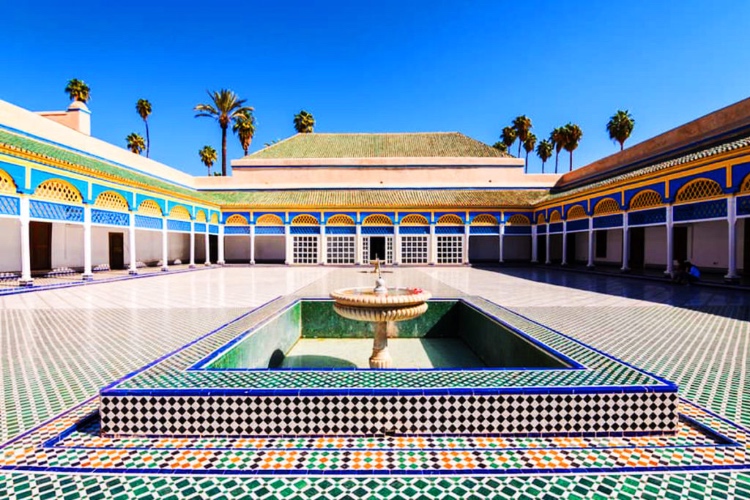
Beiteddine – Lebanon
The palace was designed by an Italian architect and constructed over a 30-year period between 1788 and 1818. It was built for Emir Bashir Chehab II, the Ottoman-appointed governor of the province. Its name means ‘House of Faith,’ and its architecture is a blend of Arabic and Italian elements. The palace was utilized for local administration during the French occupation, and it was proclaimed a historic monument after 1930. It was declared his summer house by Lebanon’s first post-independence president in 1943. Then, the palace was severely destroyed during the Israeli invasion, with up to 90% of its contents being lost.

Much of the palace has been repaired in recent years. The stables, which once housed 600 horses and 500-foot troops and today house an enormous collection of Byzantine mosaics, are a highlight. The Rashid Karami Archeological and Ethnographic Museum is located on the upper floor and houses items from the Bronze and Iron Ages, as well as Roman glass, gold jewelry, lead sarcophagi, glazed Islamic pottery, and a miniature replica of the palace to give visitors an idea of the structure’s original form. Also, the Beiteddine Festival, one of the largest annual music and cultural festivals in the Middle East, has been held in the palace since 1985.
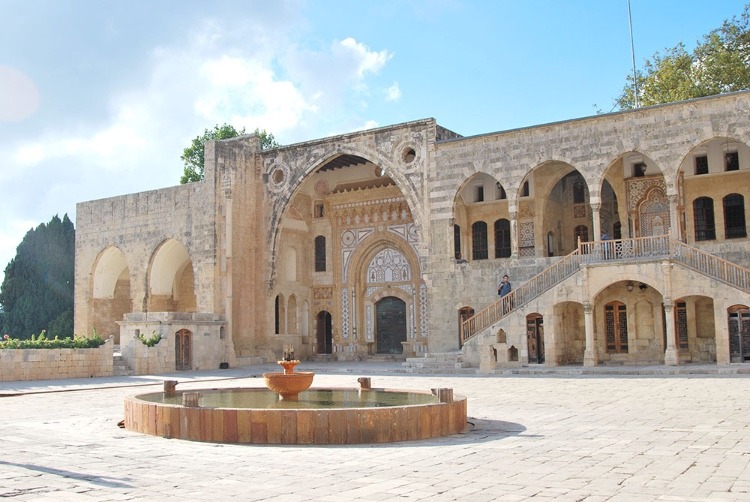
Qasr Al Watan – Abu Dhabi
It is a working palace that holds formal state visits and summits, and its Arabic name means ‘Palace of the Nation.’ It features amazing Arabian architecture, and you haven’t seen anything yet if you think the exterior is impressive. The palace’s interior features one of the world’s largest domes, spanning 37 meters in diameter, but it’s not all about the show at Qasr Al Watan. Visitors to the landmark will obtain a better understanding of the UAE’s governing traditions and ideals, as well as have the opportunity to look at a large collection of historical relics and manuscripts.
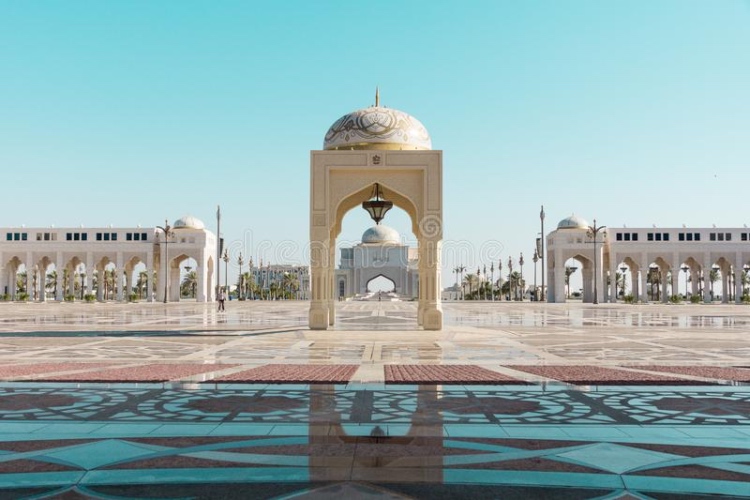
The family-friendly Palace In Motion event, a spectacular light and sound show that celebrates the UAE’s journey in three breathtaking acts that unfold in front of the main palace every 30 minutes after sundown, with the final entry taken 30 minutes before showtime, is one of the palace’s most impressive and unmissable attractions.
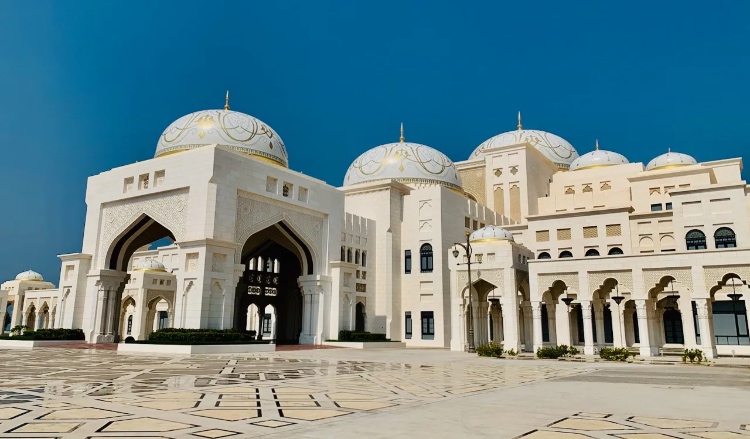
Those palaces represent the history and how our identities have evolved over time. Each country uses architecture to highlight its heritage and rulers’ histories since it acts as a link between the past and present creations and helps to develop a cultural identity.


